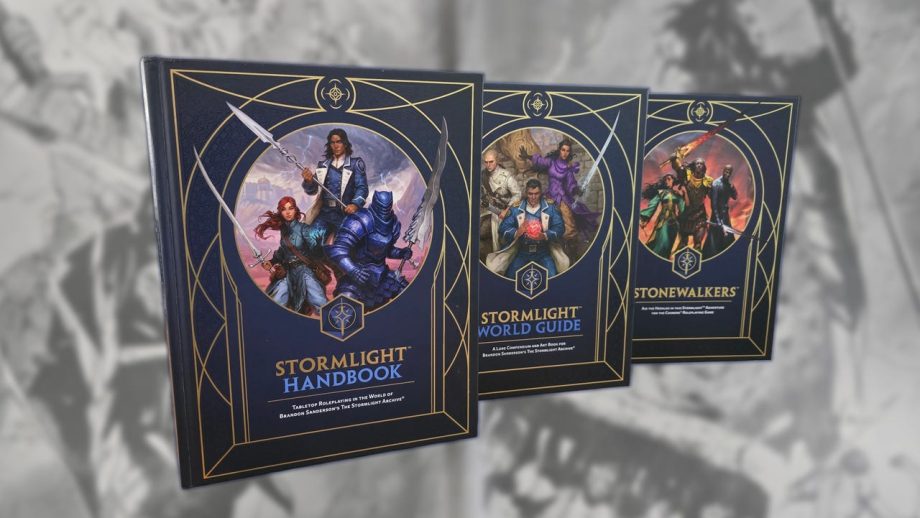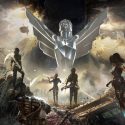I first read The Way of Kings by Brandon Sanderson back in the mid-2010s, and ever since I have theorycrafted how I would play a Knight Radiant in my TTRPG campaigns. Conceptualizing how shardblades would function or how best to make a spren that wasn’t just a reskinned familiar. Thankfully, I can put that tiring task behind me thanks to the release of the official Cosmere RPG, which, after a VERY successful crowdfunding campaign, has been released. At long last, I can role-play my Windrunner character with my spren partner, Malbifina (Mal for short), and stand against the Desolation.
Developed by Brotherwise Games in close collaboration with Brandon Sanderson himself, the initial offerings for the Cosmere RPG focus solely on Roshar and the systems of the Stormlight Archive books, with three offerings: The Stormlight Handbook (the Player’s Handbook), The Stormlight World Guide (the Dungeon Master’s Guide), and Stonewalkers (a standalone campaign you can play through). For those who aren’t familiar with the Cosmere or Sanderson’s work, the Cosmere is a large galaxy-spanning, progressively more interconnected series of (mostly) epic fantasy novels by Brandon Sanderson. Composed of multiple worlds, each with its own unique and cleverly crafted magic systems, one of which is Roshar, home to Stormlight (magic lightning), spren (manifestations of different emotions and feelings), the Knights Radiant (super paladins), and millennia of war. We have a comprehensive reading guide, so to find out more and get a better picture, I suggest you head there and take a look.
Cosmere utilizes a D20-based system, similar to something like D&D or Pathfinder, where you will use a 20-sided die to make various skill checks, with other dice used to fulfill other needs (such as dealing damage). The action economy will also feel familiar, with basic actions during combat falling into either Actions, Reactions, or Free Actions territories, with Actions requiring anywhere between one and three of your pool per turn. Generally, on your turn, a player will have two or three action points they can use, with more powerful Actions requiring multiple points to pull off. Thanks to its intelligent use of icons denoting the different types and how many points an action takes to use, the whole process is rather new player-friendly and quick to grasp. But just because aspects may feel familiar doesn’t mean that the Cosmere RPG doesn’t do anything new, however.
Considering this is a system that was designed in part by Brandon Sanderson, a man with the ability to write an inhuman amount of books in a short period of time, it shouldn’t be a surprise that narrative and story play a large part in the actual mechanics of the Cosmere RPG, too. A special d6, referred to as the “Plot Die”, isn’t used for every check and is instead reserved for those moments that the GM deems as moments critical to the plot and story they are telling. Moments where the stakes could be raised, granting unforeseen opportunities that impact the story or granting you an “Opportunity,” which is a special resource that can be spent. On the flip side, your roll of the plot die may instead cause a complication to arise in your plan, perhaps causing you to get in an ally’s way during a crucial moment, or another blunder that results in a failure.






